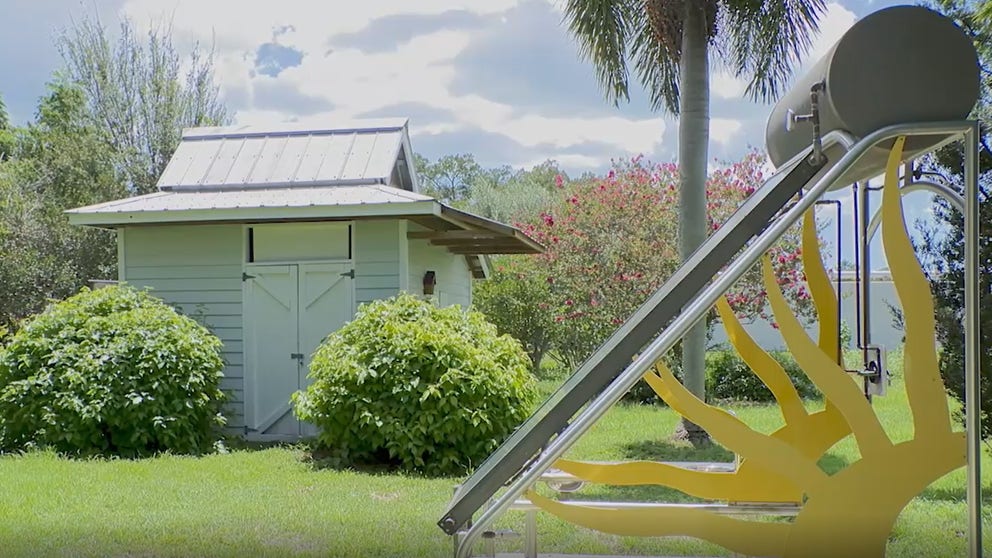Grass is green but not always 'greener': How changing your lawn can protect the ocean
Rain falls on your roof, goes into a gutter down and down your driveway into a storm sewer and directly into a natural water body, carrying pesticides, oils and other pollutants with it.
How changing your lawn can protect the ocean
When the rain falls, it might refresh the skies, but it can carry pollution into nearby rivers and lakes. And that rain is carrying such things as pesticides, fertilizer and oils from the driveway.
MIAMI -- When the rain falls, it might refresh the skies, but it can carry pollution into nearby rivers and lakes.
"Every single drop of rain that lands in the state of Florida go to our natural water bodies," says Dr. Tracy Fanara, an environmental engineer and NOAA research scientist. "Rain falls on your roof, goes into a gutter down and down your driveway into a storm sewer and directly into a natural water body."
And that rain is carrying such things as pesticides, fertilizer and oils from the driveway.
"Imagine that your house, everybody's house -- I don't care where they are in the world, everybody's house is on dry land," says John Lamby, former director of the Florida House Institute. "And if it rains, that dry land is going to drain to the closest watershed."
So what you do at home eventually reaches the ocean. And all of this pollution can create or feed an existing red tide bloom.
But with a few adjustments at home, that can change.
"So, what you can do is disconnect what's called impervious surface," Fanara said. "So impervious surfaces, anything that water can't penetrate."
Replacing those surfaces with healthy and productive soil is the first step. But what you do with that soil makes all the difference.
"You want to raise grass and hire some guy to cut your grass? And the dollars all leave. And then you have to go to the grocery store, and more dollars leave," Lamby says.
Lawns are over-reliant on water and are the number one irrigated crop in America. Yet, they produce absolutely nothing. Instead, Florida House focuses on permaculture landscape.
"We have what we call a ‘native thicket,’ which is a dense place of mixed native trees and shrubs and whatnot that provide habitat and cover for pollinators and small animals and birds," Lamby said.
Permaculture aims to create a self-sustaining environment while still providing a function to people and the ecosystem.
"Your yard is a solar collector," Lamby said. "So, instead of planting grass, how about planting stuff that you can eat, like avocados and mangoes?"
These changes can be made with little effort by using passive irrigation, mulching or rain barrels.
"How you do that is actually redirect that stormwater from your roof down your gutter into a rain barrel," Fanara said. "And then have that rain barrel release into an infiltration trench or a rain garden."
And unlike traditional landscaping, which uses harmful pesticides and fertilizers, this design boosts the productivity and resilience of your yard.
"You can redesign the future of your house so that it's producing lots of nice things for you and the downstream environment," Lamby said.
So instead of just asking what would look beautiful in my yard, look for a more sustainable and regenerative approach that lessens the environmental impact.
"You can always do something yourself," Fanara said. "Just because someone else is making a bigger impact doesn't mean that you shouldn't reduce yours."
